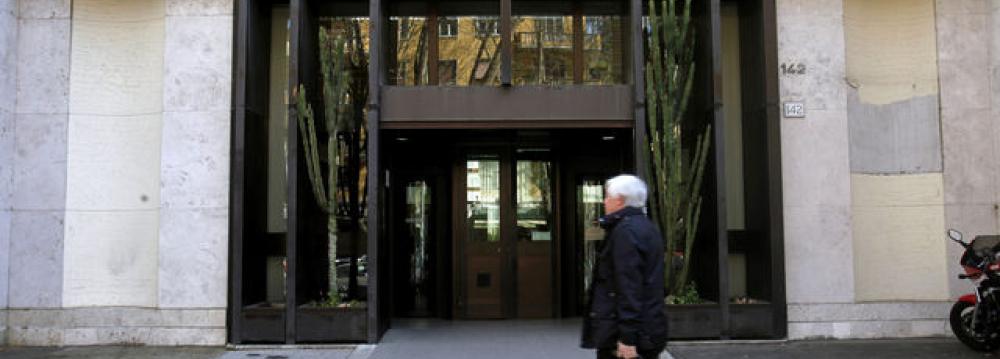Since the 2008 financial crisis, policy makers around the world have put new rules in place to make banks less risky and more transparent. They’re confident that these changes have made the financial system safer and eliminated the need for taxpayer bailouts.
Start with new rules on capital. Prodded by regulators, banks have been increasing their buffers against losses with higher levels of shareholder capital and total loss-absorbing capital, or TLAC. But more capital won’t reduce the incidence of losses: In any future crisis, the problem will simply be transferred to shareholders and holders of TLAC securities, such as private investors, pension funds and insurance companies. Given the systemic and political importance of those investors, a government bailout is still the likely result, Satyajit Das wrote for Bloomberg.
Similarly, banks are now required to hold more high-quality assets, typically government bonds, to protect against a run on deposits or a disruption to money markets. While this arrangement has helped governments finance themselves, it also introduces new problems. The credit quality of many government issuers has deteriorated, and the default risk of governments and banks are inherently linked. In a crisis, banks may not be able to sell these assets. Instead, central banks might have to step in and accept the bonds as collateral—in effect, transferring the risk to the public.
The same goes for rules restricting proprietary trading, or the practice of making bets on securities with a bank’s own money. While these rules have reduced potential trading losses, they’ve also decreased the ability of banks to make markets and warehouse risk—which, under some market conditions, could increase volatility and losses.
Risk Management Untested
Derivatives, too, face a thicket of questionable new regulations. Policy makers hope to reduce the risk they pose by using central counter parties to clear and guarantee transactions. But CCPs concentrate exposure, and their risk management is untested in a crisis. Dealing with a bank failure across multiple CCPs, located in different jurisdictions, will be a complicated and unpredictable undertaking.
Even measures intended to make bank failures more orderly may have unintended consequences. So-called resolution schemes envisage using all bank equity and liabilities (other than insured deposits) to absorb losses. This includes hybrid securities, subordinated debt and senior debt that may be “bailed in” to avoid using public funds.
But this may prove more difficult than regulators expect: Bail-in securities are untried, there are complex triggers for write-offs and it may be politically difficult to enforce the protocols. Conflicts between different legal systems, especially bankruptcy regimes, will be particularly problematic in unwinding derivative and cross-border transactions.
Ultimately, whether the new rules are successful won’t be clear until the next crisis. In all probability, they will reduce the amount of bank liabilities that governments will need to guarantee. But in a major crisis, as in 2008, public funds will probably still be required to guarantee the payment system and essential funding for the economy. Whether governments have the financial capacity to respond, and whether voters will countenance another bailout, are the two great uncertainties.


